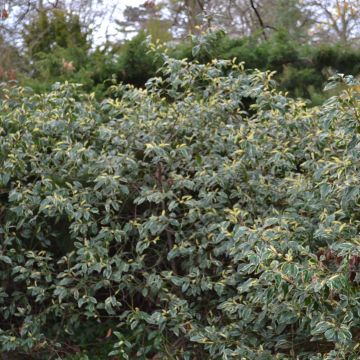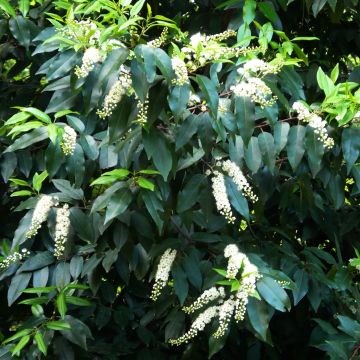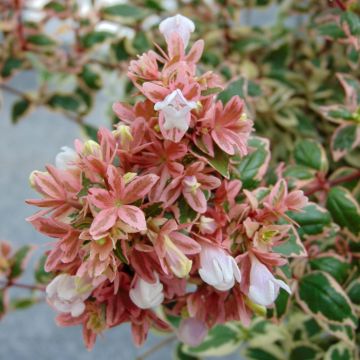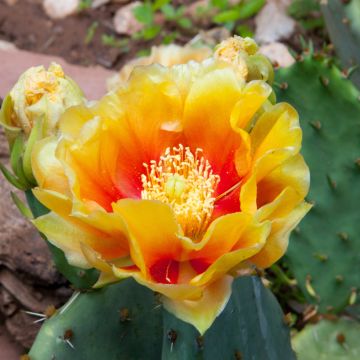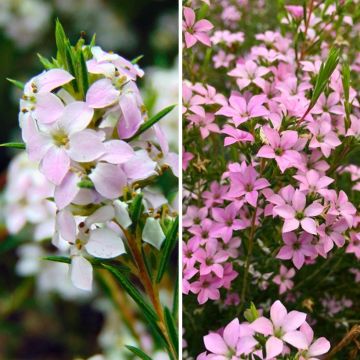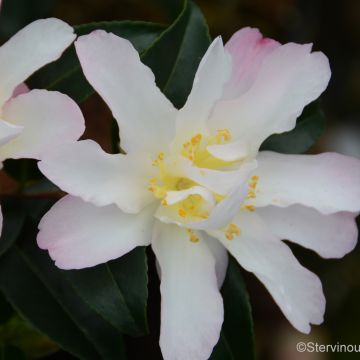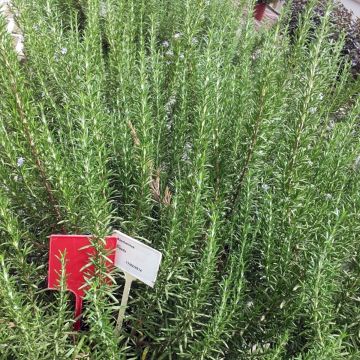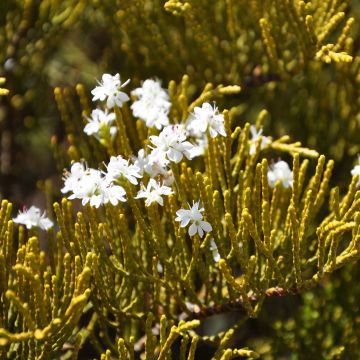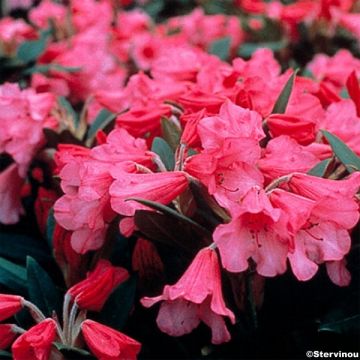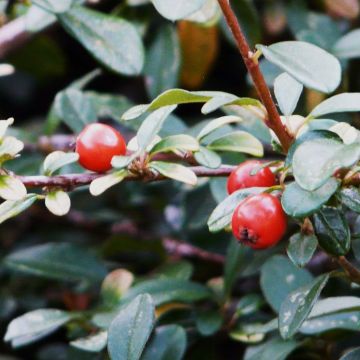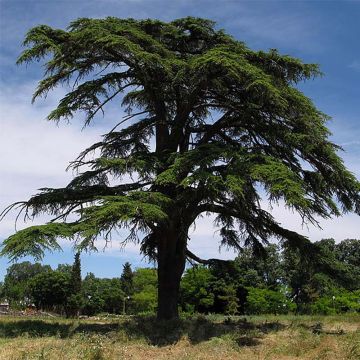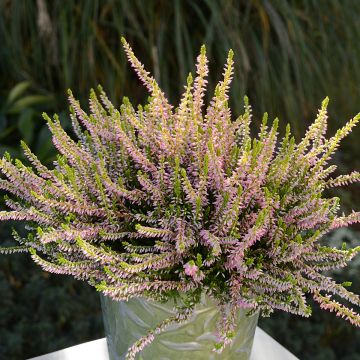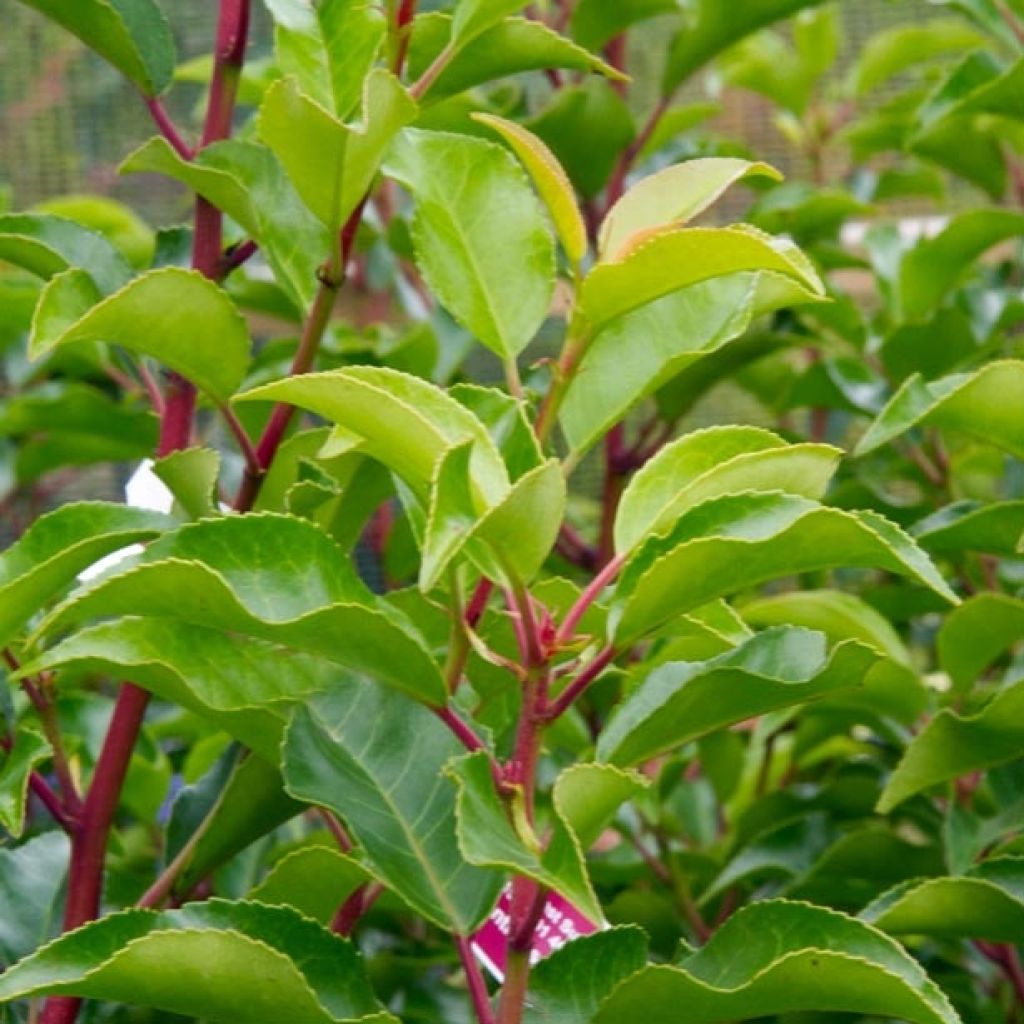

Prunus lusitanica Brenelia - Portuguese Laurel
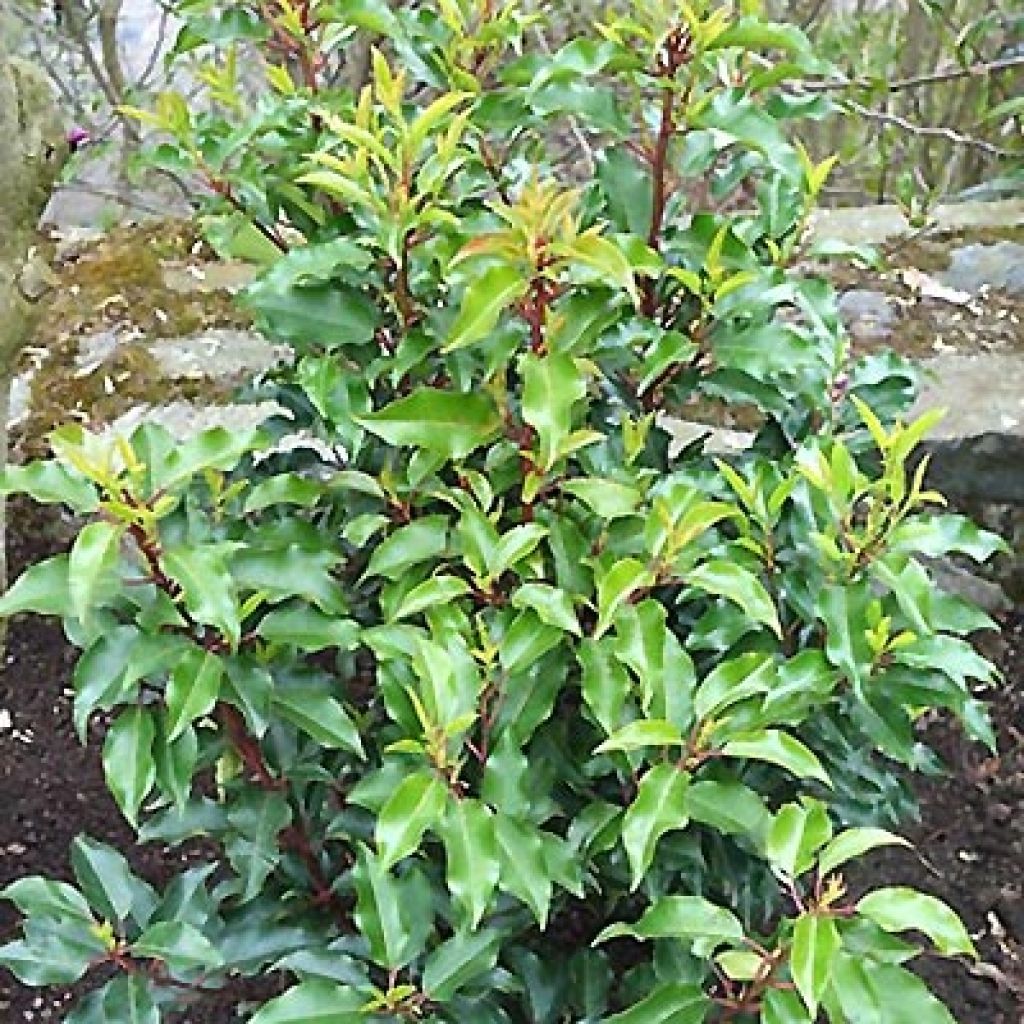

Prunus lusitanica Brenelia - Portuguese Laurel
Prunus lusitanica Brenelia - Portuguese Laurel
Prunus lusitanica 'Brenelia'®
Portugal Laurel, Azores Laurel
This item cannot be shipped to the selected country
Delivery charge from €5.90
Delivery to Corse prohibited
More information
Schedule delivery date,
and select date in basket
This plant carries a 24 months recovery warranty
More information
We guarantee the quality of our plants for a full growing cycle, and will replace at our expense any plant that fails to recover under normal climatic and planting conditions.
From €5.90 for pickup delivery and €6.90 for home delivery
Express home delivery from €8.90.
Delivery to Corse prohibited: UE law prohibits the import of this plant from mainland France to Corse as part of the fight against Xylella fastidiosa. Please accept our sincere apologies.
More information

Does this plant fit my garden?
Set up your Plantfit profile →
Description
The 'Brenelia' Portugal Laurel - Prunus lusitanica in Latin - is a new acquisition considered the best of the Portugal Laurel selections. It is in any case the most compact and the hardiest on the market. This evergreen bush bears shiny dark green foliage with very red stalks, remaining decorative all year round. It stands out for its erect habit, forming a rounded pyramid, and moderate dimensions that make it very versatile in gardens, even suitable for planting in containers on a terrace or balcony. It produces beautiful long clusters of cream white flowers in late spring, followed by black berries in autumn. Hardy down to -15°C and with robust health, it is a low maintenance bush, not very demanding as long as it is planted in ordinary soil that is not too dry to moist, even chalky. Use it to create small partition hedges requiring little pruning, in a mixed hedge, or as a standalone subject to give a lasting structure to the garden.
The Portugal Laurel is an evergreen bush belonging to the Rosaceae family. It is native to Spain and Portugal and appreciates the ambient humidity and mildness of an oceanic climate. But it will adapts elsewhere, including to hot, dry regions if it has deep soil. It is hardy down to around -15°C once fully established in well-drained soil. While less hardy than its cousin the cherry laurel, and with slower growth, it is more resistant to drought and much more ornamental. A species that prefers sun or partial shade, the red shoots will be much less intense in a low light exposure.
Prunus lusitanica 'Brenelia' is a cultivar derived from a sowing of Prunus lusitanica 'Azorica' obtained by Yves Brenelière, taken over by the Minier nurseries in 2011. It is a bush that can reach 2.5 m (8 ft) in height by 2 m (6.5 ft) in spread. With faster growth than the species-type, it can grow 20 to 30 cm (8 to 12 in) per year once well established. Its young branches are a particularly eye-catching red. They bear evergreen leaves, ovate, elongated, dentate, undulate, 6 to 12 cm (2.4 to 4.7 in) long, shiny dark green. In May-June depending on the climate, it produces white flowers with an orange heart, cup-shaped, 1.5 cm (0.6 in) in diameter, honey-scented, nectar-rich and honey-producing, gathered in narrow, pendulous clusters, 15 to 25 cm (6 to 10 in) long. The fruits are composed of small oval berries of 8 mm (0.3 in), firstly green then red, turning to dark purple then black, very toxic to humans if ingested, but very appreciated by certain birds such as magpies or starlings.
The Portugal Laurel requires a deep and soft soil, particularly in warmer, dryer regions. Its hardiness is better in light soils that do not retain excess water in winter. It is often used as a windbreak evergreen hedge, pruned or not, in association with Photinia serratifolia (Red Robin), Eleagnus ebbingei, the laurustinus, the Cotoneaster lacteus, the bay tree (in mild climates), the holm oak, the strawberry tree and the Mexican orange. It can also be grown as a standalone specimen and formed into topiary, or planted in a container or large pot where it will be easily contained and bring a touch of greenery in all seasons.
Advice : Do not prune at the beginning of the season, to fully enjoy the flowering.
Report an error about the product description
Prunus lusitanica Brenelia - Portuguese Laurel in pictures
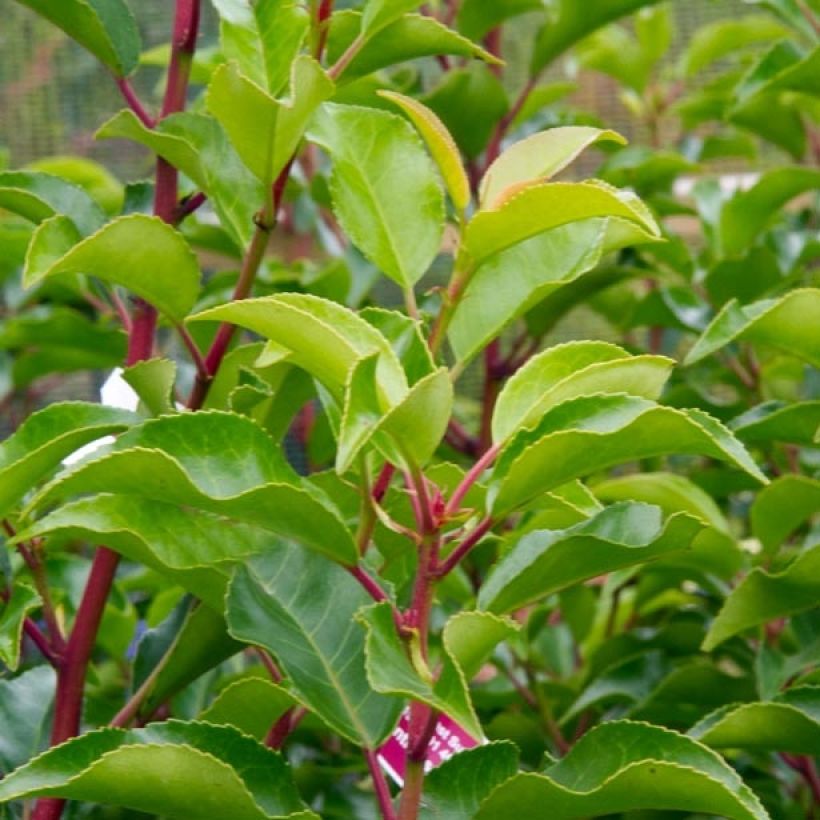

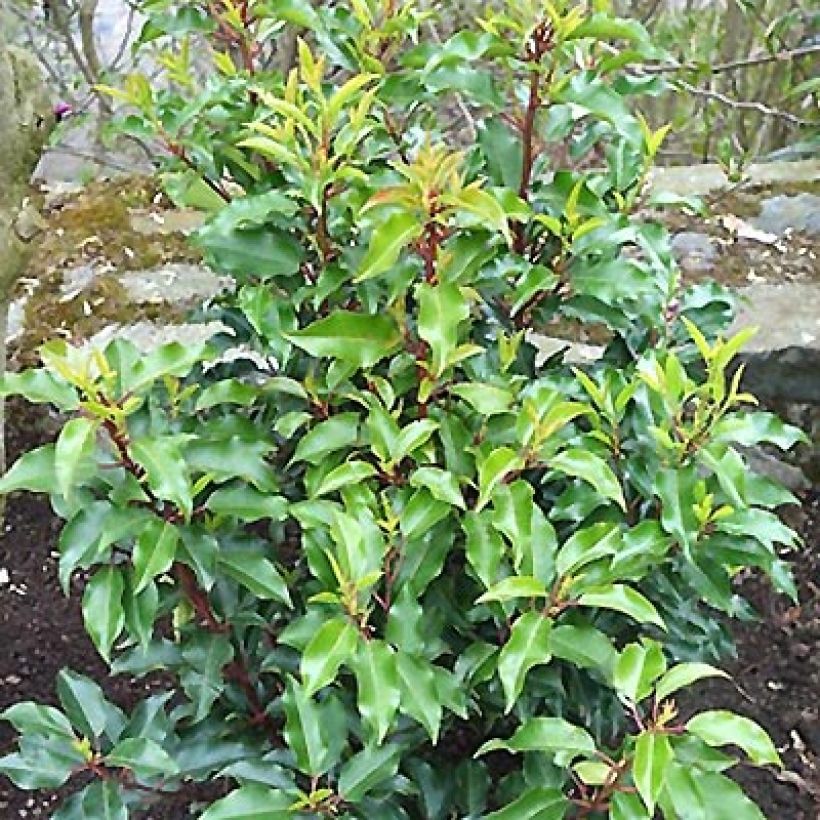

Plant habit
Flowering
Foliage
Botanical data
Prunus
lusitanica
'Brenelia'®
Rosaceae
Portugal Laurel, Azores Laurel
Cultivar or hybrid
Other Portuguese laurel
Planting and care
Prunus lusitanica 'Brenelia' is preferably planted from February to May, in any deep soil, preferably fertile, well worked and drained, even slightly chalky, moist to drier in summer, in sun or partial shade. Leave 80cm to 1m (2.5 to 3.5 ft) distance between each young plant to compose a hedge. In cold regions shelter it from cold and violent winds. Prune at the end of winter, cutting back close to the trunk to keep the plant compact, but this may compromise flowering.
It is hardy down to -15°C (5 °F) and can suffer from aphid or scale insect attacks in summer. Weevils also come to nibble its leaves during the night: to fight this insect naturally, encourage the presence of ground beetles (Carabus auratus) in your garden by leaving strips of your lawn uncut. The presence of phacelia can also attract this insect, helpful friend to the gardener.
Planting period
Intended location
Care
-
, onOrder confirmed
Reply from on Promesse de fleurs
Evergreen shrubs
Haven't found what you were looking for?
Hardiness is the lowest winter temperature a plant can endure without suffering serious damage or even dying. However, hardiness is affected by location (a sheltered area, such as a patio), protection (winter cover) and soil type (hardiness is improved by well-drained soil).

Photo Sharing Terms & Conditions
In order to encourage gardeners to interact and share their experiences, Promesse de fleurs offers various media enabling content to be uploaded onto its Site - in particular via the ‘Photo sharing’ module.
The User agrees to refrain from:
- Posting any content that is illegal, prejudicial, insulting, racist, inciteful to hatred, revisionist, contrary to public decency, that infringes on privacy or on the privacy rights of third parties, in particular the publicity rights of persons and goods, intellectual property rights, or the right to privacy.
- Submitting content on behalf of a third party;
- Impersonate the identity of a third party and/or publish any personal information about a third party;
In general, the User undertakes to refrain from any unethical behaviour.
All Content (in particular text, comments, files, images, photos, videos, creative works, etc.), which may be subject to property or intellectual property rights, image or other private rights, shall remain the property of the User, subject to the limited rights granted by the terms of the licence granted by Promesse de fleurs as stated below. Users are at liberty to publish or not to publish such Content on the Site, notably via the ‘Photo Sharing’ facility, and accept that this Content shall be made public and freely accessible, notably on the Internet.
Users further acknowledge, undertake to have ,and guarantee that they hold all necessary rights and permissions to publish such material on the Site, in particular with regard to the legislation in force pertaining to any privacy, property, intellectual property, image, or contractual rights, or rights of any other nature. By publishing such Content on the Site, Users acknowledge accepting full liability as publishers of the Content within the meaning of the law, and grant Promesse de fleurs, free of charge, an inclusive, worldwide licence for the said Content for the entire duration of its publication, including all reproduction, representation, up/downloading, displaying, performing, transmission, and storage rights.
Users also grant permission for their name to be linked to the Content and accept that this link may not always be made available.
By engaging in posting material, Users consent to their Content becoming automatically accessible on the Internet, in particular on other sites and/or blogs and/or web pages of the Promesse de fleurs site, including in particular social pages and the Promesse de fleurs catalogue.
Users may secure the removal of entrusted content free of charge by issuing a simple request via our contact form.
The flowering period indicated on our website applies to countries and regions located in USDA zone 8 (France, the United Kingdom, Ireland, the Netherlands, etc.)
It will vary according to where you live:
- In zones 9 to 10 (Italy, Spain, Greece, etc.), flowering will occur about 2 to 4 weeks earlier.
- In zones 6 to 7 (Germany, Poland, Slovenia, and lower mountainous regions), flowering will be delayed by 2 to 3 weeks.
- In zone 5 (Central Europe, Scandinavia), blooming will be delayed by 3 to 5 weeks.
In temperate climates, pruning of spring-flowering shrubs (forsythia, spireas, etc.) should be done just after flowering.
Pruning of summer-flowering shrubs (Indian Lilac, Perovskia, etc.) can be done in winter or spring.
In cold regions as well as with frost-sensitive plants, avoid pruning too early when severe frosts may still occur.
The planting period indicated on our website applies to countries and regions located in USDA zone 8 (France, United Kingdom, Ireland, Netherlands).
It will vary according to where you live:
- In Mediterranean zones (Marseille, Madrid, Milan, etc.), autumn and winter are the best planting periods.
- In continental zones (Strasbourg, Munich, Vienna, etc.), delay planting by 2 to 3 weeks in spring and bring it forward by 2 to 4 weeks in autumn.
- In mountainous regions (the Alps, Pyrenees, Carpathians, etc.), it is best to plant in late spring (May-June) or late summer (August-September).
The harvesting period indicated on our website applies to countries and regions in USDA zone 8 (France, England, Ireland, the Netherlands).
In colder areas (Scandinavia, Poland, Austria...) fruit and vegetable harvests are likely to be delayed by 3-4 weeks.
In warmer areas (Italy, Spain, Greece, etc.), harvesting will probably take place earlier, depending on weather conditions.
The sowing periods indicated on our website apply to countries and regions within USDA Zone 8 (France, UK, Ireland, Netherlands).
In colder areas (Scandinavia, Poland, Austria...), delay any outdoor sowing by 3-4 weeks, or sow under glass.
In warmer climes (Italy, Spain, Greece, etc.), bring outdoor sowing forward by a few weeks.



































